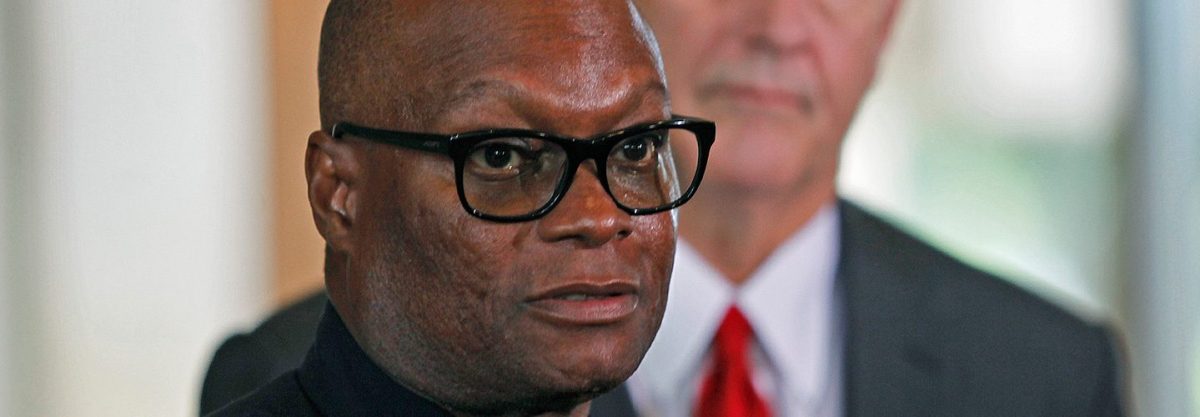With few exceptions, there’s nothing that sets off more rancor in America these days as the killing of a police officer.
And Dallas’ former chief of police, David Brown, knows all too well about that kind of violence: He not only lost five officers to a deranged gunman in 2016. But Brown also lost his own son, who suffered from bipolar disorder, died in a firefight with police, which left two dead, including another officer, in 2010.
Esquire is exclusively running a sizable adapted excerpt from Brown’s recently published memoir, Called to Rise, and it’s a powerful first-person look at the ex-police chief and his struggles in commanding a police force in one of the U.S.’s largest cities. Not to mention dealing with his son’s death.
The excerpt, however, focuses on that horrific July 7, 2016 attack on his police department, which was motivated by the deaths of two African-American men, Louisianan Alton Sterling and Minnesotan Philando Castile, who were killed in police-involved shootings within days of each other.
Brown describes these events as a “tipping point,” leading to a massive protest in Dallas, where the five Dallas police officers would be murdered.
He then goes on to describe the protest—from the moment he got the first call of fatalities from a fellow officer to his actions in responding to the event.
The gunman, a 25-year-old African-American Army veteran, didn’t stick out to police that day, despite being heavily armed. Many of the protesters were carrying guns that day: Texas is an open-carry state.
By the time Micah Johnson was cornered, he revealed his chilling plans to a police negotiator. “I want to kill white cops,” he said. “I want them to pay in blood.”
That led Brown to make a controversial decision to take out Johnson by detonating explosives strapped to a robot. No more Dallas police officers would die that day.
“The soft hum of the robot’s motor was audible, but thanks to our negotiator, Johnson was utterly distracted, caught up in his own rant. He was trashing the police force loudly and blaming all his troubles on others. Through the gray shadows of the long corridor, the robot moved closer,” writes Brown of watching the footage.
“Just as it was within about a foot of him, Johnson peered from around the corner, spotted the device, and put his finger on his rifle trigger. Right then, an officer triggered the cord detonation, and fragments and smoke scattered in every direction. A moment later a shot rang out. Could he still be alive? Once the smoke cleared, about ten officers crept down the corridor, hanging close to the walls, and rounded the corner. Johnson’s body lay lifeless—charred, mangled, and bloody.
“He’d apparently had his finger on the trigger when the bomb went off, and it reflexively cranked off one last bullet.:
This article was featured in the InsideHook newsletter. Sign up now.























